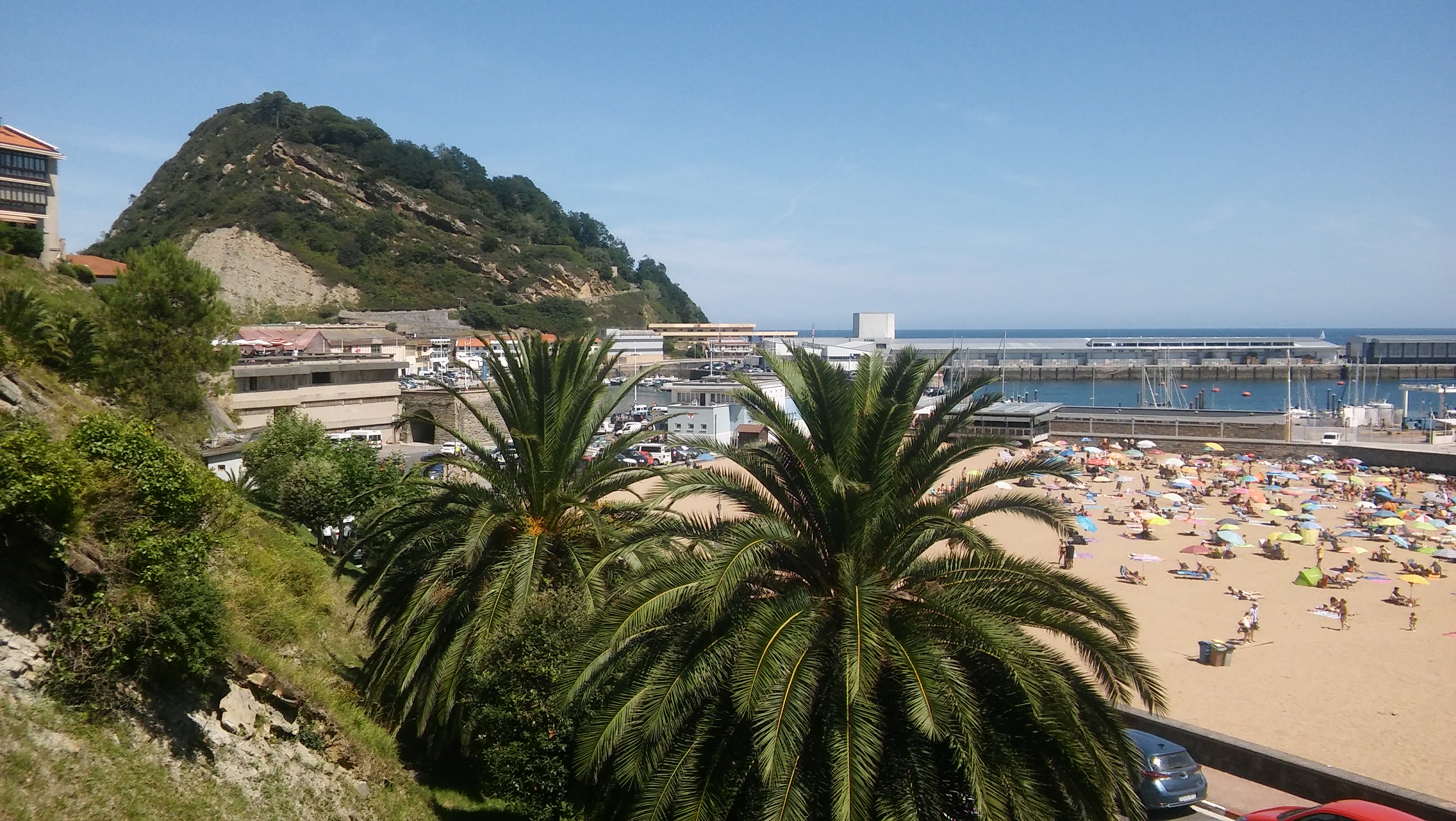21 Uncharted Island Escapes for the Ultimate Secret Getaway
In an age where social media has turned once-hidden paradises into viral hotspots, finding a truly undiscovered island escape feels like a near-impossible dream. But they still exist—remote, untouched, and far removed from the usual tourist trails. These islands aren't just off the beaten path—they are the beaten path, requiring determination, curiosity, and an adventurous spirit to reach. Whether it’s an island with no roads, a volcanic wonder rising from the sea, or a jungle-covered hideaway, these destinations promise something far greater than luxury resorts: solitude, adventure, and raw, unfiltered beauty. Due to overwhelming interest (and the sheer number of stunningly remote places still waiting to be explored), we've expanded our list from 11 to 21 of the world's most uncharted islands. Some require days of travel, others demand resilience and exploration—but all offer the rarest luxury of all: a chance to disconnect completely. From forgotten isles in the Pacific to secluded archipelagos teeming with untamed wildlife, these destinations prove that the world still holds secrets waiting to be discovered.
1. Pulau Weh, Indonesia – The Hidden Jewel of Sumatra
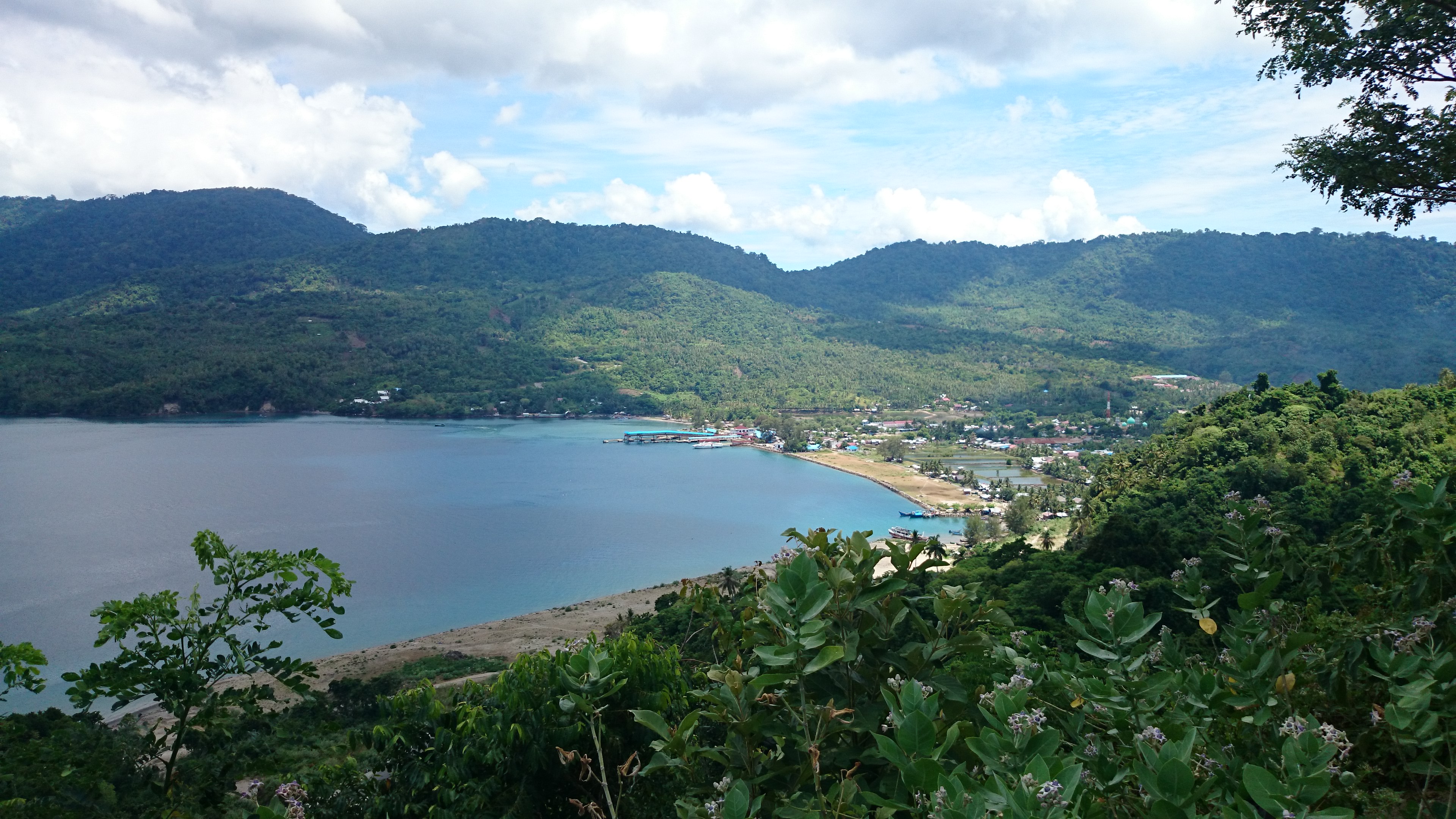
Tucked away off the coast of Sumatra, Pulau Weh is a volcanic island that feels like stepping back in time. Unlike Bali or Lombok, Pulau Weh remains blissfully uncrowded, with turquoise waters, dense jungle, and some of the best diving and snorkeling in Southeast Asia. Beneath the waves, vibrant coral reefs stretch for miles, teeming with manta rays, sea turtles, and the elusive whale shark. There are no mega-resorts here, just simple beach bungalows, charming family-run guesthouses, and a relaxed pace of life. Locals still use wooden boats to fish at sunrise, and monkeys swing through the trees along jungle trails. With limited cell service and a "no rush" attitude, Pulau Weh is an island where you disconnect from the modern world and sink into nature’s embrace. Best for: Diving, snorkeling, and true off-grid relaxation. How to get there: Fly to Banda Aceh, then take a ferry to Pulau Weh.
2. Marettimo, Italy – Sicily’s Best-Kept Secret
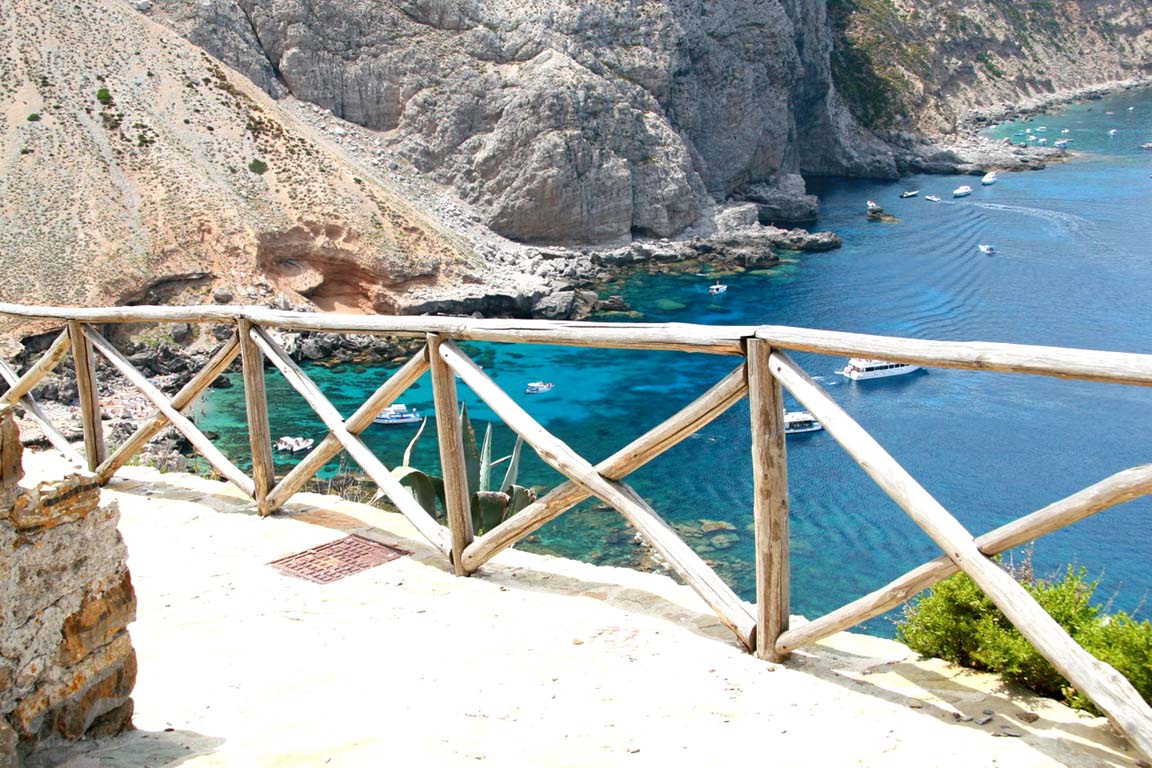
Most travelers heading to Italy’s islands stop at Capri or Sicily’s Aeolian chain, but Marettimo—the wildest of the Egadi Islands—remains a well-kept Mediterranean secret. Home to fewer than 700 residents, this rugged island is a hiker’s paradise, with ancient trails winding past prehistoric caves, crumbling Saracen towers, and panoramic cliffs plunging into the sapphire sea. Unlike its bustling neighbors, Marettimo has no cars, just footpaths and fishing boats. Days here are spent kayaking through sea caves, diving into impossibly blue coves, or hiking to the island’s 12th-century Norman castle. Evenings bring fresh seafood dinners at family-run trattorias, where fishermen still haul in the day’s catch. Best for: Hiking, kayaking, and a slow, rustic island escape. How to get there: Ferry from Trapani, Sicily (about 1.5 hours).
3. Cocos (Keeling) Islands, Australia – The Island Paradise Nobody Knows About
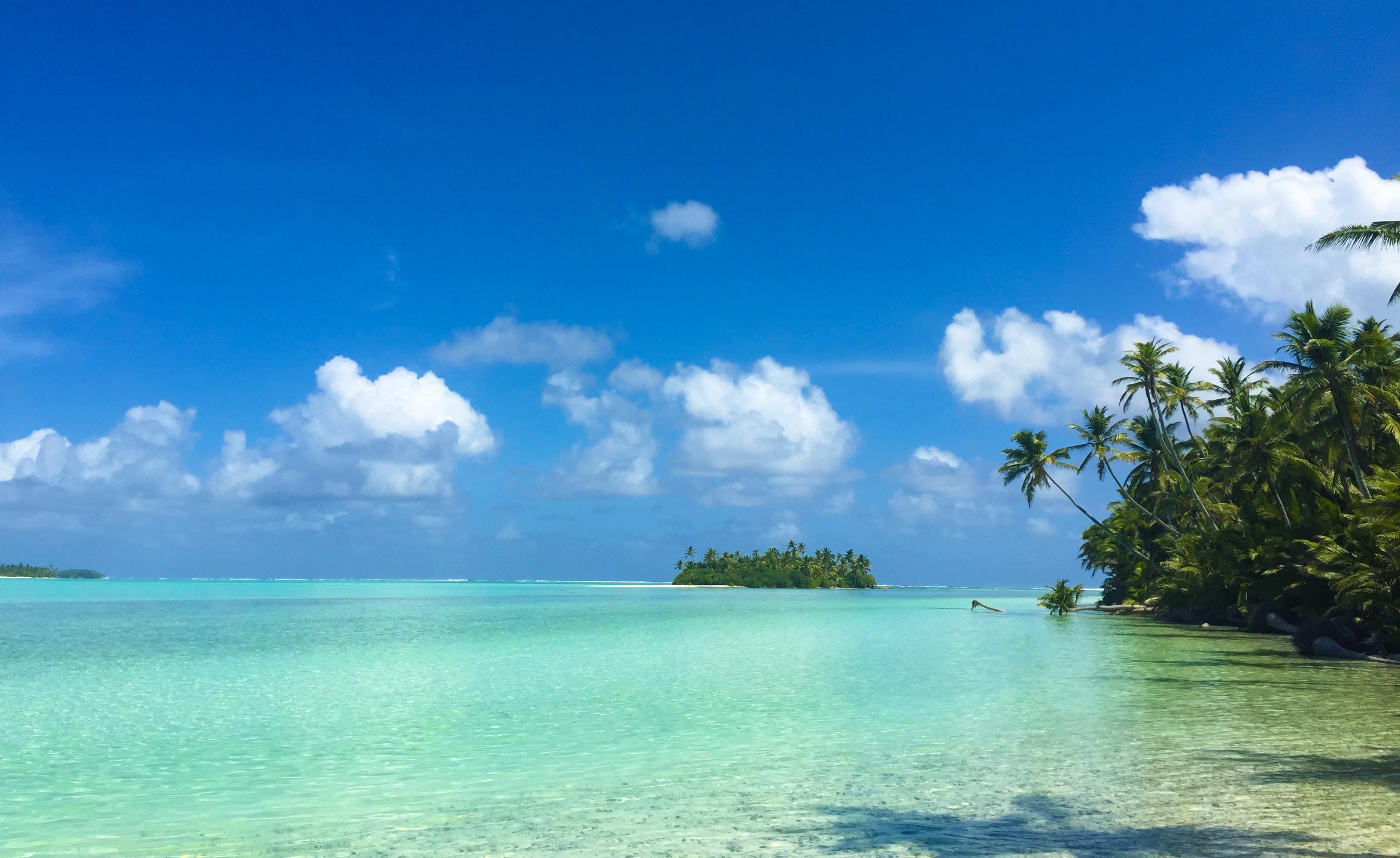
Most people have never heard of Cocos (Keeling) Islands, a remote tropical paradise 2,750 kilometers from mainland Australia. This Indian Ocean archipelago of 27 tiny coral islands is a postcard-perfect escape—palm-fringed beaches, crystal-clear lagoons, and world-class snorkeling. With a population of just 600, the islands feel almost untouched. The waters here are so clear you can see tropical fish from shore, and snorkeling among massive sea turtles and reef sharks is an everyday activity. There’s no nightlife, no shopping malls, and barely any tourists—just endless stretches of white sand, swaying coconut trees, and the lull of the ocean. Best for: Snorkeling, beachcombing, and true tropical seclusion. How to get there: Fly from Perth, Australia (about 4.5 hours).
4. Robinson Crusoe Island, Chile – A Treasure Island Come to Life
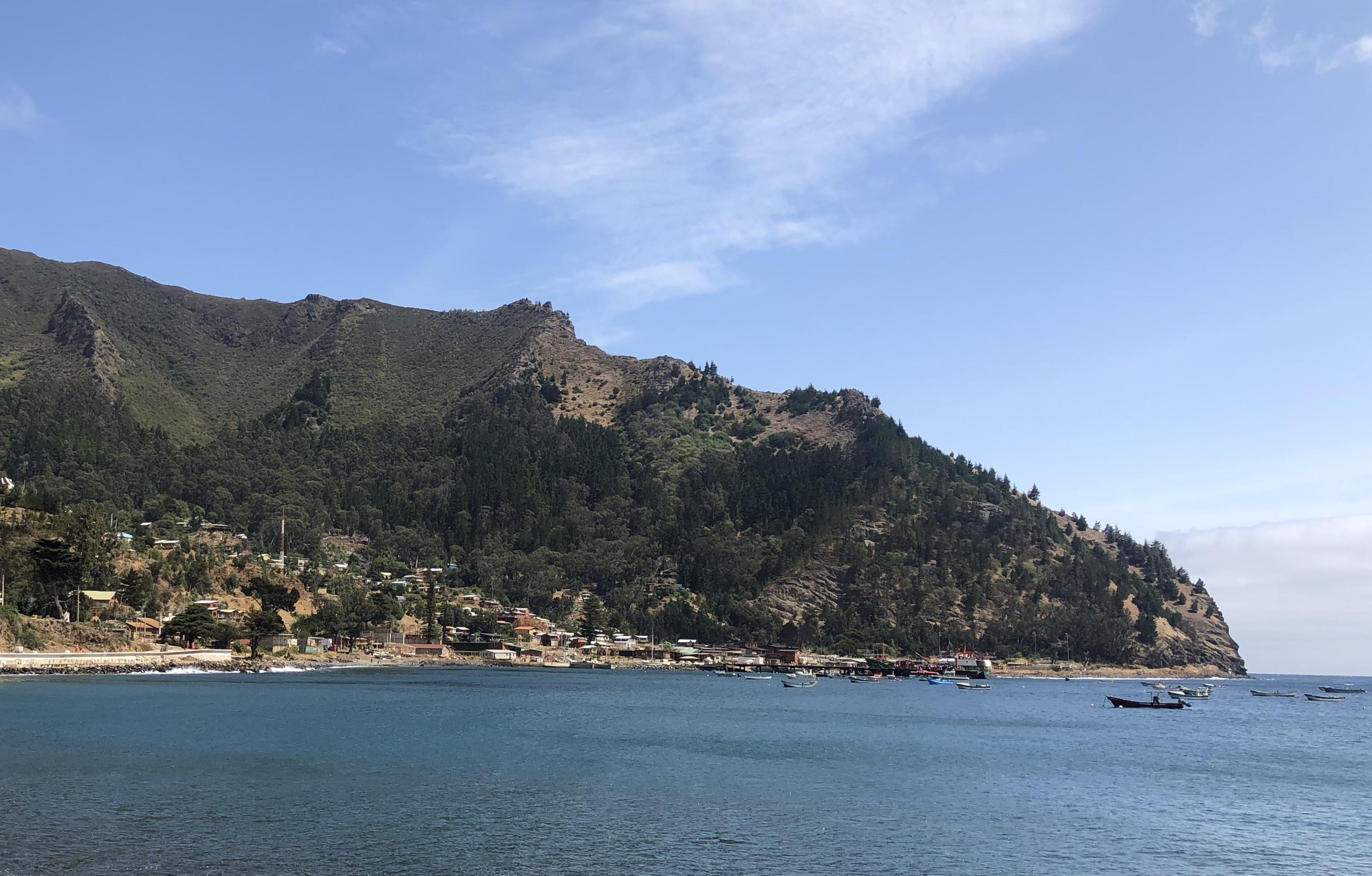
A place so remote it inspired the novel Robinson Crusoe, this wild Pacific island is part of Chile’s Juan Fernández Archipelago. A land of volcanic peaks, rugged coastlines, and surreal landscapes, it remains largely untouched. Adventurers can hike through misty cloud forests, dive into waters brimming with rare marine life, or search for the legendary buried treasure rumored to be hidden here by pirates centuries ago. Unlike the overrun beaches of Easter Island, Robinson Crusoe remains an authentic, off-the-grid escape for those willing to venture beyond the mainstream. Best for: Hiking, diving, and uncovering hidden history. How to get there: Fly from Santiago to Juan Fernández (2.5 hours), then boat transfer.
5. Saba, Caribbean – The Untouched "Unspoiled Queen"
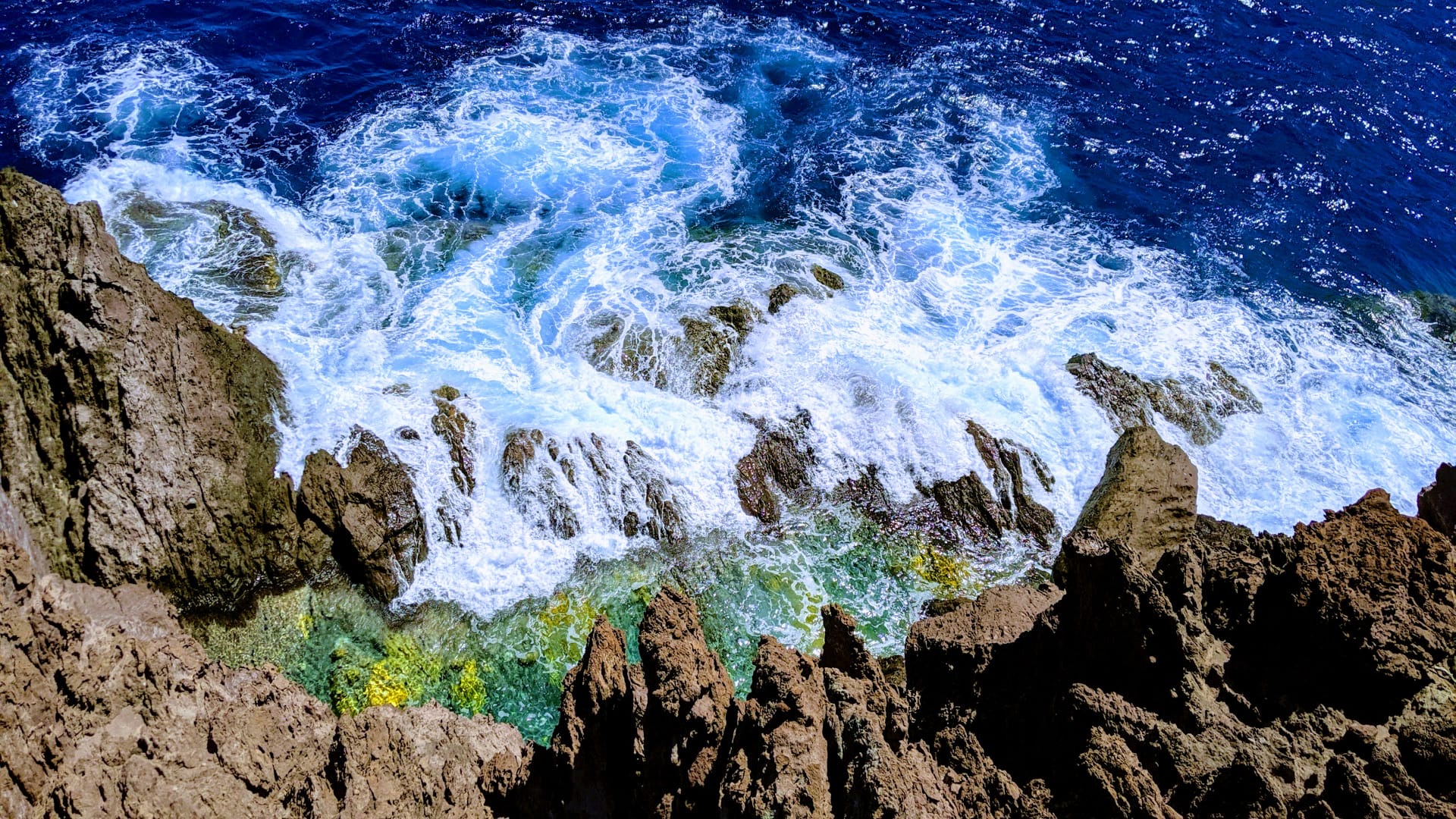
Skip the crowded resorts of Aruba and the Bahamas—Saba is the Caribbean’s best-kept secret. A five-square-mile volcanic island with no beaches, no cruise ships, and no high-rise hotels, it’s a place for those who crave adventure over cocktails by the pool. Nicknamed the “Unspoiled Queen,” Saba’s jagged cliffs drop straight into the sea, creating a paradise for divers, hikers, and anyone seeking an island escape untouched by mass tourism. The island is home to Mount Scenery, the highest peak in the Dutch Caribbean, where hikers ascend through cloud forests and past giant ferns. Below the surface, Saba’s marine park offers some of the most pristine diving sites in the world. Best for: Hiking, diving, and escaping the typical Caribbean scene. How to get there: Fly from St. Maarten (15-minute flight).
6. São Tomé and Príncipe – Africa’s Forgotten Eden
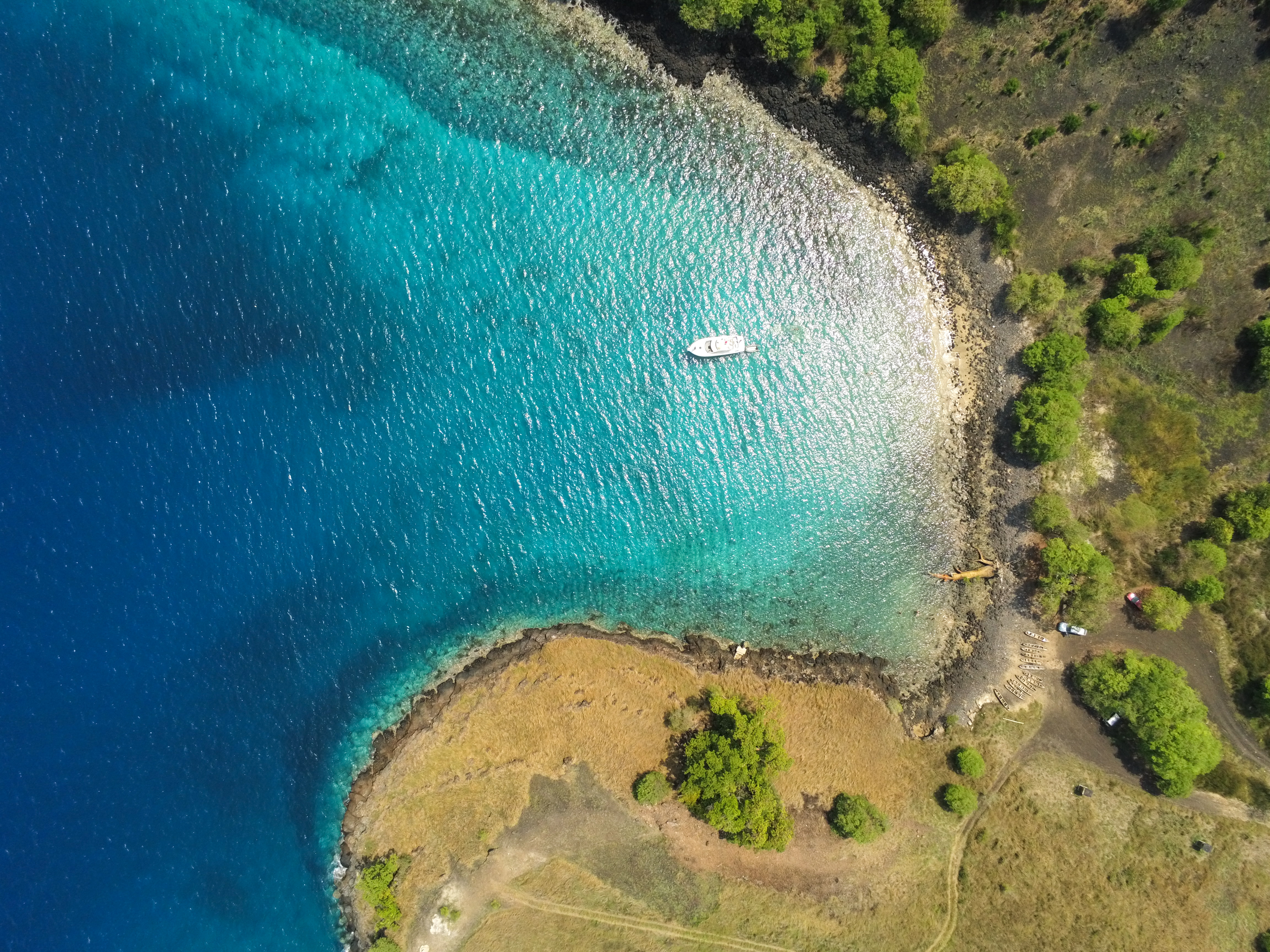
Floating off the coast of West Africa, São Tomé and Príncipe is like stepping into a dreamscape of jungle-covered mountains, empty beaches, and lost-world beauty. Once a Portuguese colony, the islands are now an eco-tourist’s paradise, filled with untouched rainforests, waterfalls, and nesting sea turtles. There’s little in the way of modern development—just tiny fishing villages, cocoa plantations, and a slow, relaxed pace of life. Adventurers can hike through the misty Obo National Park, where giant volcanic towers rise from the jungle, or kayak along black-sand beaches with no footprints in sight. Best for: Eco-travelers, birdwatchers, and jungle trekking. How to get there: Fly from Lisbon, Portugal (about 6 hours).
7. Pantar Island, Indonesia – The Secret Island for Diving Enthusiasts
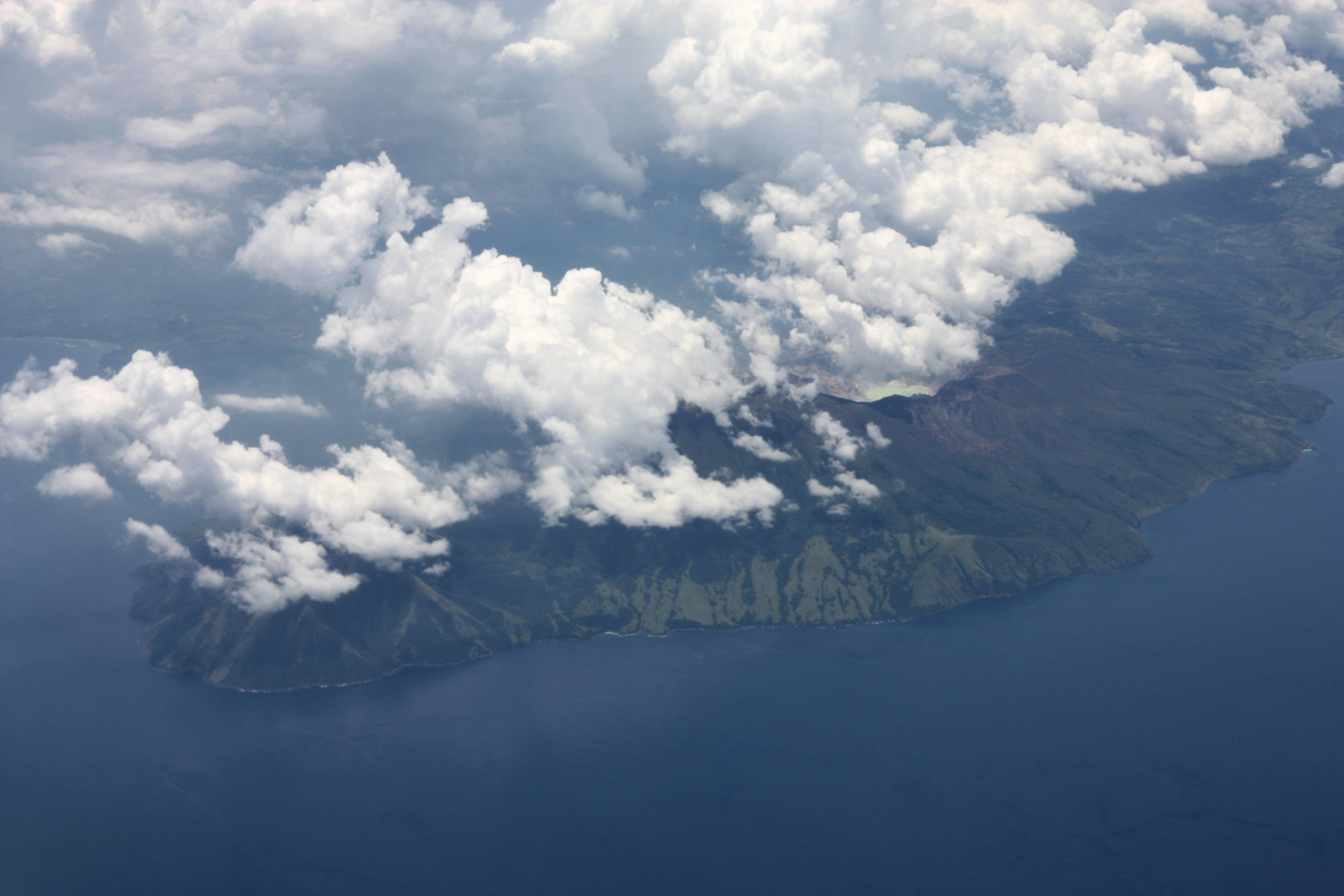
While Bali and Komodo steal the spotlight, Pantar Island remains an unspoiled gem in Indonesia’s remote Alor Archipelago. This volcanic island is surrounded by some of the world’s most biodiverse reefs, making it a bucket-list destination for serious divers. What makes Pantar special is its zero crowds—no major resorts, no tourist traps, just pristine reefs, traditional villages, and fiery sunsets over the ocean. The island’s untouched nature extends beyond the water, with lush green hills, volcanic peaks, and locals still living in harmony with the land. Best for: Diving, authentic cultural experiences, and untouched beauty. How to get there: Fly from Bali to Alor, then take a boat to Pantar.
8. Beqa Island, Fiji – The Island of Firewalkers
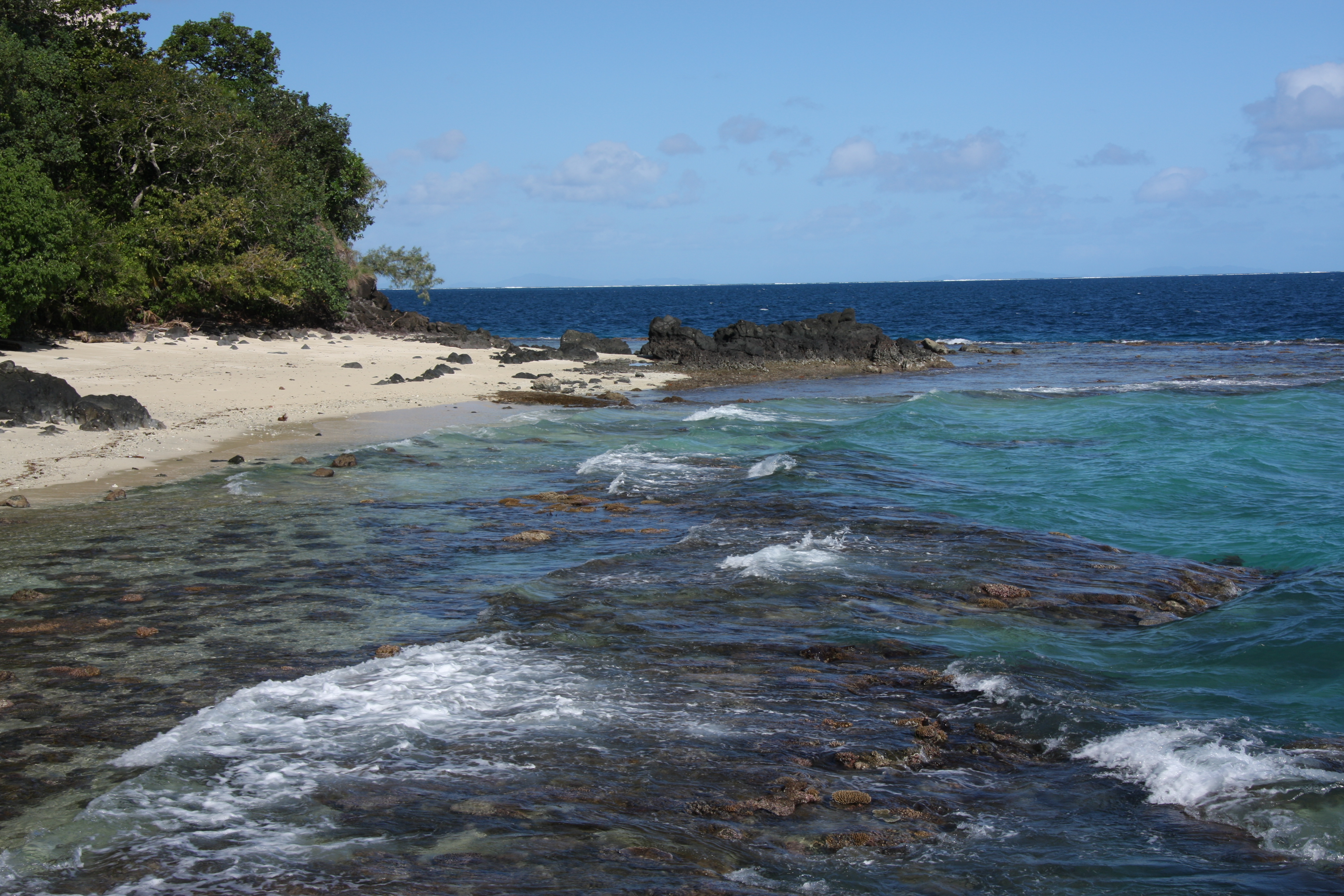
Far removed from Fiji’s well-known tourist hubs, Beqa Island offers a raw and mystical island escape that few travelers ever experience. This small, jungle-clad island is home to the Sawau people, famous for their tradition of firewalking—a sacred ritual passed down for centuries. Unlike the larger Fijian islands, Beqa has no roads and no mass tourism, just a handful of family-run beachfront bungalows, giving visitors a true sense of island seclusion. The surrounding waters of Beqa Lagoon are world-renowned for shark diving experiences, where divers can encounter tiger sharks, bull sharks, and reef sharks in crystal-clear depths. If diving isn’t your thing, explore hidden waterfalls deep in the jungle, kayak through mangrove tunnels, or take part in a traditional kava ceremony with locals. The island’s peaceful atmosphere and rich cultural heritage make it one of Fiji’s best-kept secrets. Best for: Shark diving, cultural immersion, and off-the-grid relaxation. How to get there: Fly to Nadi, Fiji, then take a boat from Pacific Harbour to Beqa Island.
9. Floreana Island, Ecuador – The Mysterious Galápagos Hideaway
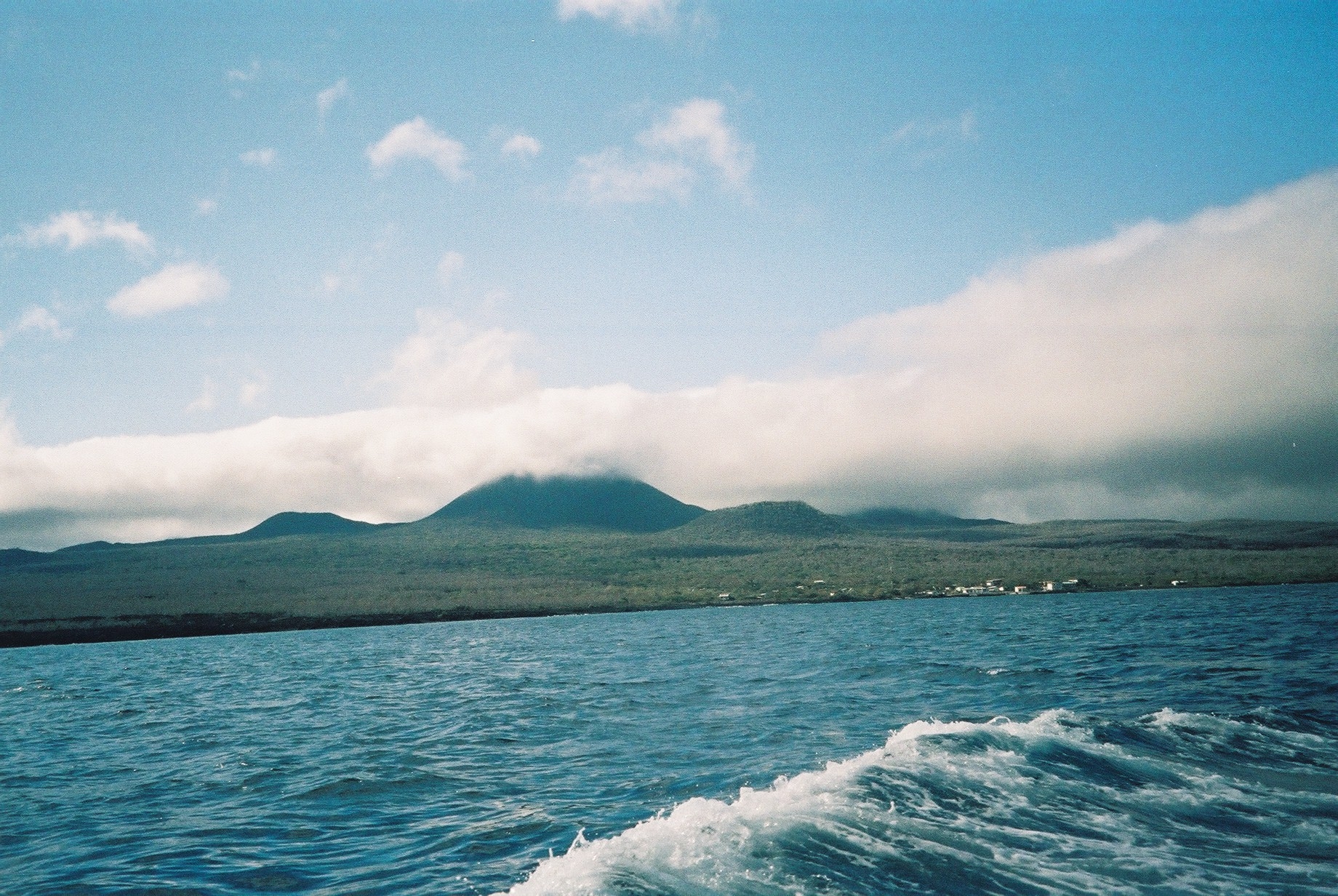
Most travelers to the Galápagos Islands flock to Santa Cruz and Isabela, but Floreana Island remains one of the most mysterious and remote islands in the archipelago. With a population of only 150 people, it’s a place where pirate legends, unsolved disappearances, and eerie landscapes make for an unforgettable escape. Unlike other Galápagos islands with established tourism infrastructure, Floreana has no large hotels, no Wi-Fi, and barely any cars. Instead, visitors can walk through black lava fields, kayak with sea lions, or snorkel alongside giant Pacific green turtles in crystal-clear waters. The island’s isolation makes it one of the best spots for seeing rare wildlife without the crowds, including pink flamingos, blue-footed boobies, and marine iguanas basking on volcanic rocks. For history buffs, the island’s infamous human drama—known as the "Galápagos Affair"—adds an extra layer of intrigue. In the 1930s, a German doctor, a mysterious baroness, and several settlers mysteriously disappeared under bizarre circumstances, leaving behind only unanswered questions. Best for: Wildlife encounters, mystery lovers, and off-the-grid nature immersion. How to get there: Fly to Baltra, Ecuador, then take a ferry from Santa Cruz to Floreana.
10. Tetepare, Solomon Islands – The Last Wild Island
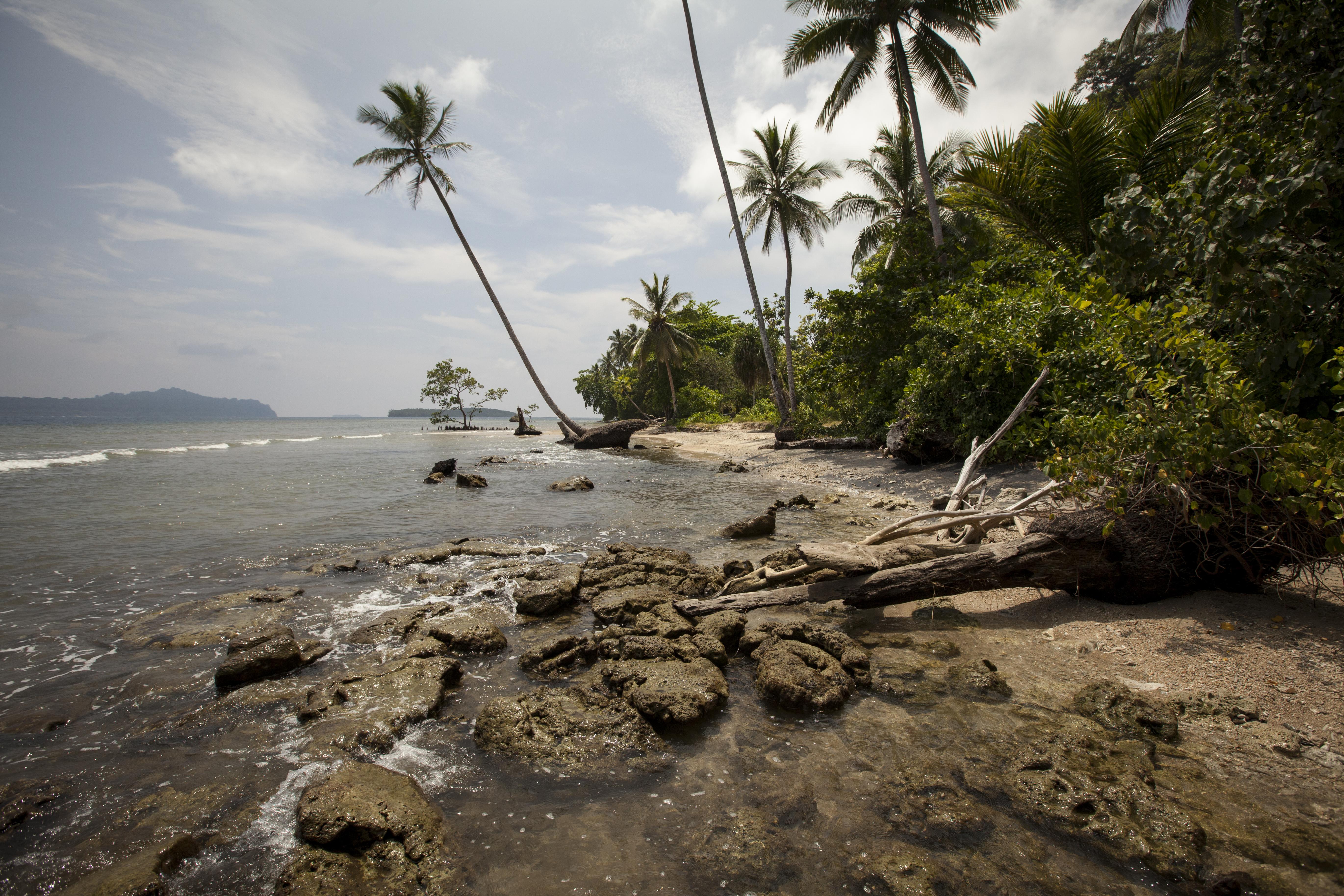
Tetepare is the largest uninhabited island in the South Pacific, a place where ancient forests, rare wildlife, and pristine reefs remain untouched by human development. Nicknamed "The Last Wild Island," it’s a paradise for those seeking true remoteness and adventure. This protected conservation island is home to endangered leatherback turtles, dugongs, and saltwater crocodiles, as well as some of the healthiest coral reefs left on Earth. Visitors can snorkel among vibrant fish, trek through dense rainforest, and visit the remains of an abandoned village, where the island’s original inhabitants mysteriously vanished centuries ago. There are no hotels or resorts here—just a simple eco-lodge run by local rangers, who share stories of the island’s history and lead conservation efforts. Tetepare is a once-in-a-lifetime escape where you won’t just visit paradise—you’ll be part of preserving it. Best for: Conservation-minded travelers, snorkeling, and wildlife encounters. How to get there: Fly to Honiara, Solomon Islands, then take a boat to Tetepare.
11. Inis Meáin, Ireland – A Remote Gaelic Escape
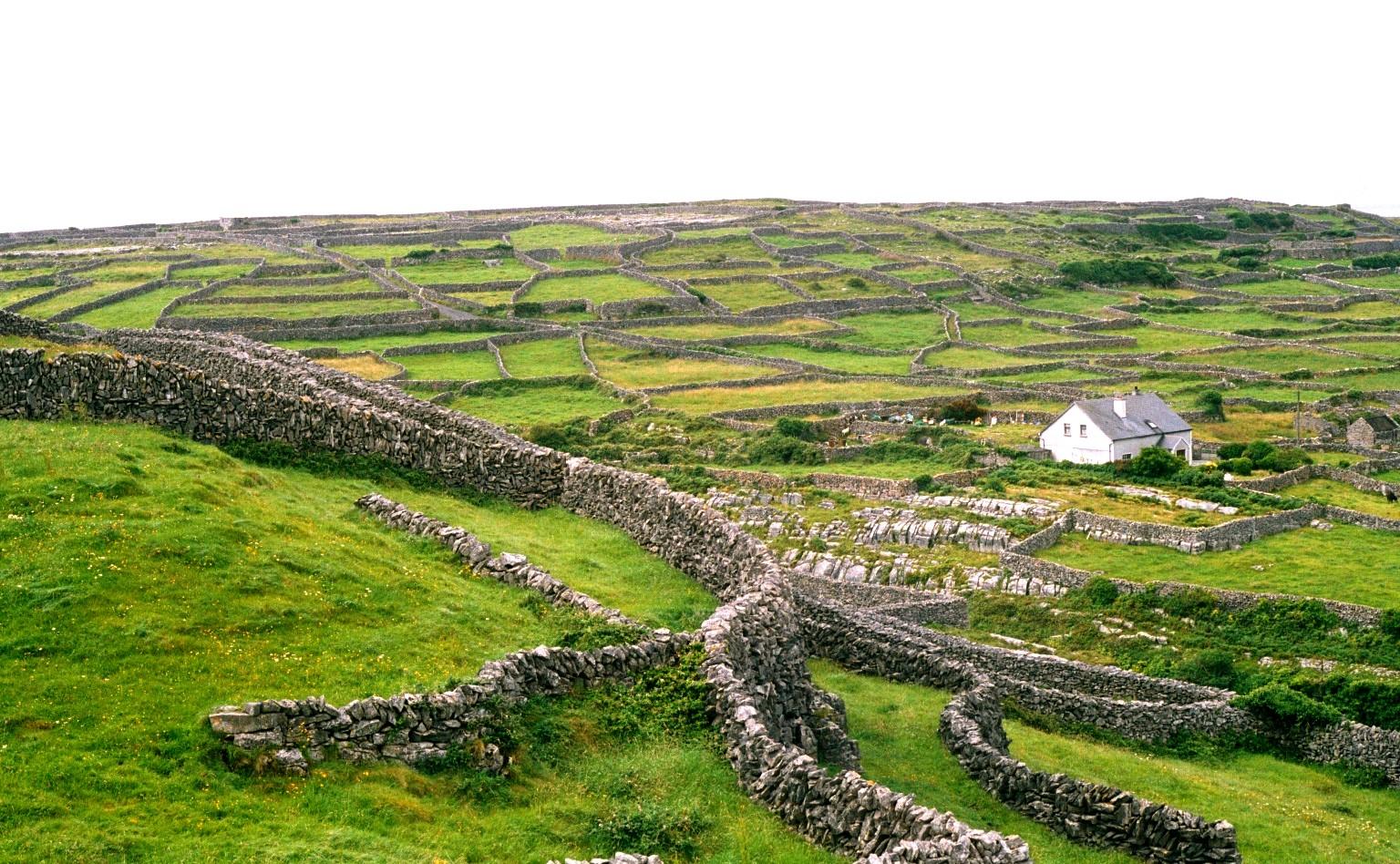
For those who love wild, windswept landscapes over palm-lined beaches, Inis Meáin—one of Ireland’s remote Aran Islands—offers an entirely different kind of island escape. Unlike its more visited neighbor, Inis Mór, this island is a place of silence, rugged beauty, and ancient traditions. Here, you can wander for hours without seeing another soul, traversing limestone cliffs, ancient stone forts, and rolling green fields where locals still speak Gaelic as their first language. The island is steeped in history, home to prehistoric ring forts, early Christian monastic ruins, and Iron Age relics. With only a handful of guesthouses, Inis Meáin is a place to truly disconnect—no chain stores, no distractions, just the raw beauty of the Atlantic Ocean crashing against sheer cliffs. Spend your days cycling through remote landscapes, exploring caves that once sheltered monks, and watching the sunset over the Atlantic from a 2,000-year-old fort. If you’re looking for a secret island retreat with an air of mystery, history, and poetic solitude, Inis Meáin is it. Best for: History lovers, rugged nature seekers, and total digital detox. How to get there: Fly or take a ferry from Galway to Inis Meáin.
12. Niue – The Island Nation with No Beaches, But Stunning Cliffs
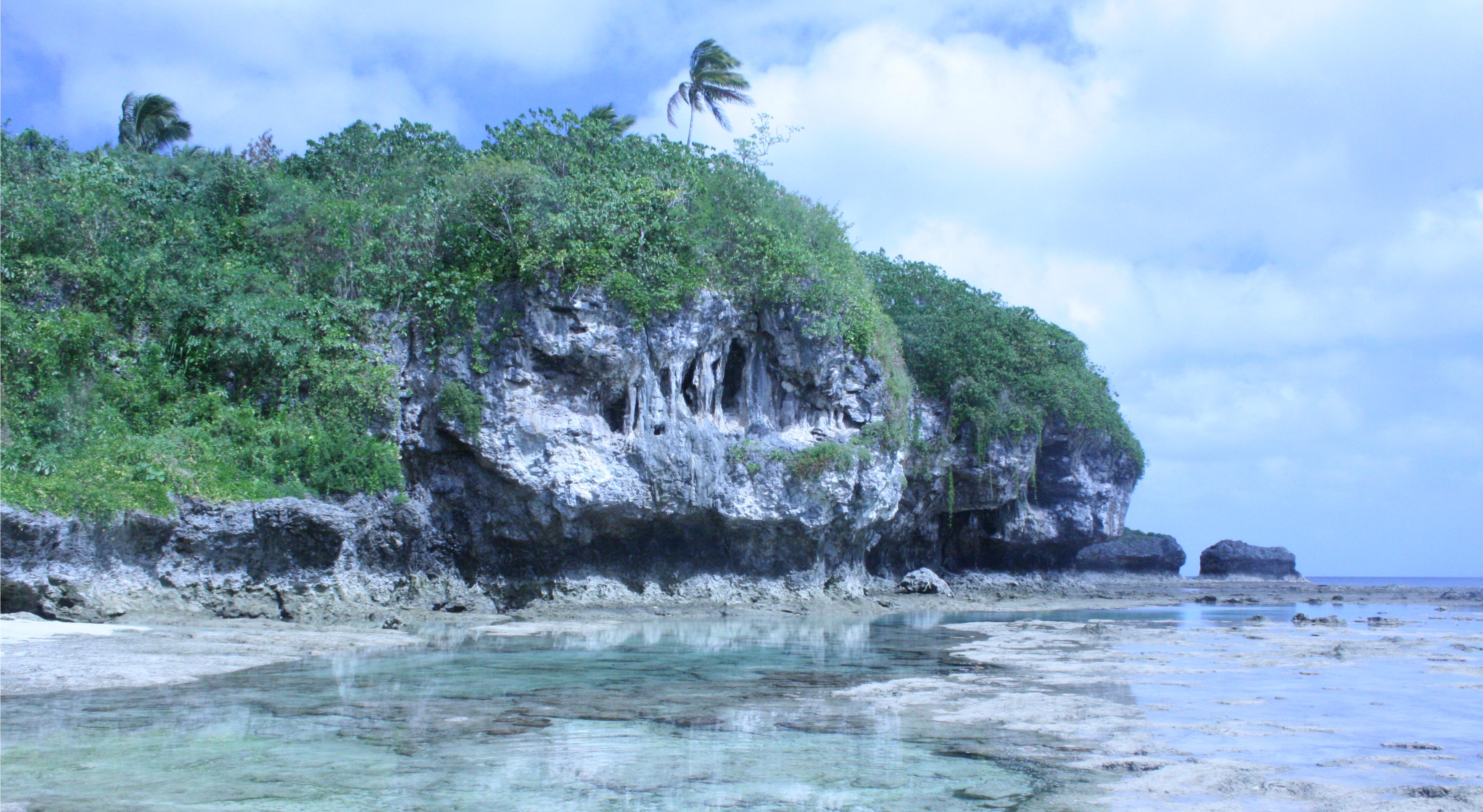
While most island paradises boast sandy shores, Niue flips the script. This tiny, self-governing island in the South Pacific is one of the least-visited nations in the world—and that’s exactly what makes it special. Instead of beaches, Niue offers dramatic limestone cliffs, hidden caves, and crystal-clear water-filled chasms perfect for snorkeling and diving. Swim with humpback whales, explore coral reef pools, and hike through lush rainforests without another soul in sight. With only 1,600 residents and virtually no tourism infrastructure, Niue is a place for true escape. Best for: Snorkeling, whale encounters, and caving. How to get there: Fly from Auckland, New Zealand (3.5 hours).
13. St. Helena – Napoleon’s Exile Island
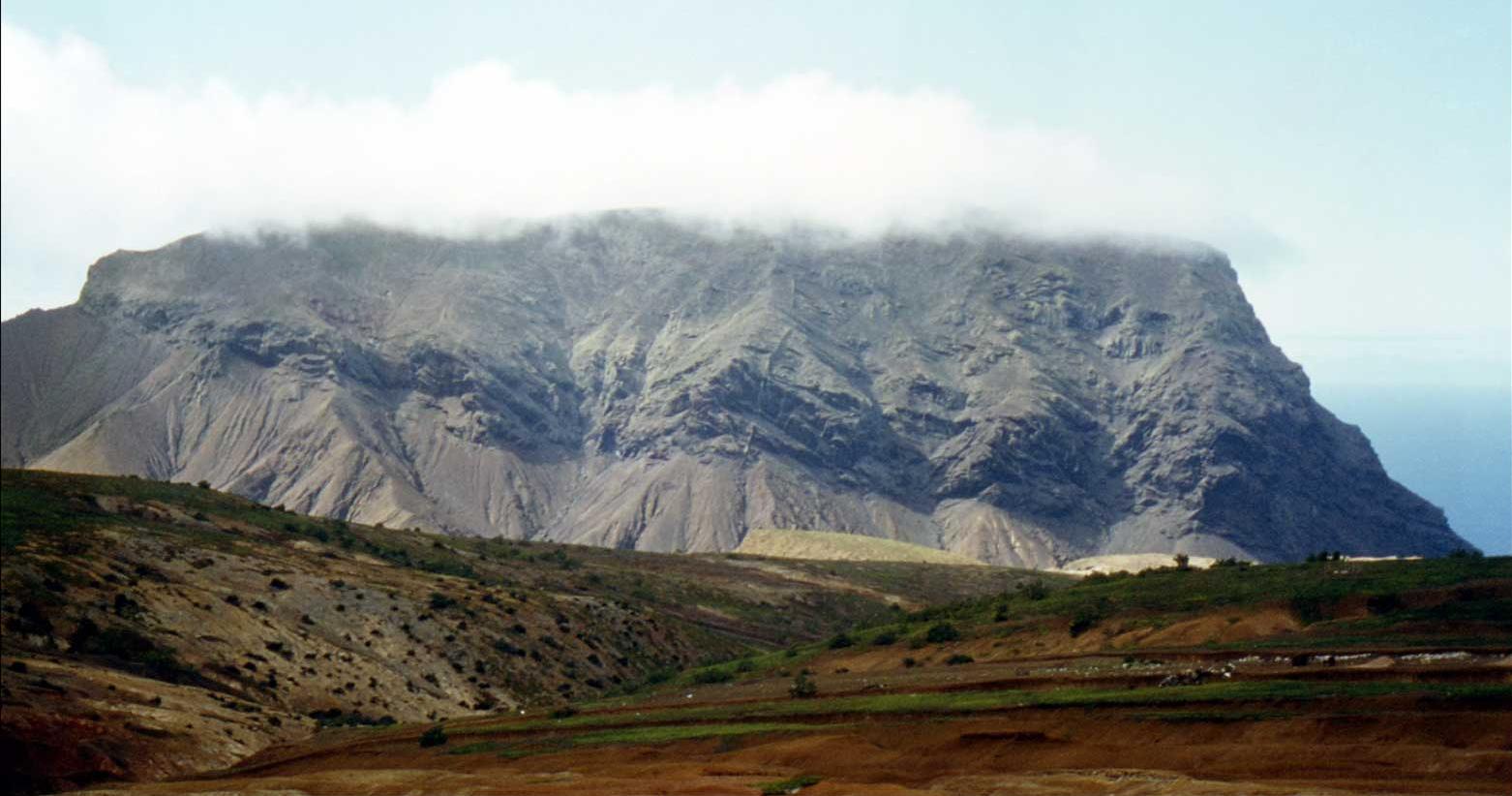
A tiny volcanic speck in the Atlantic Ocean, St. Helena is best known as the place where Napoleon was exiled after his defeat at Waterloo. But beyond its historical significance, St. Helena is a time capsule of untouched beauty. With rugged coastlines, surreal rock formations, and some of the clearest night skies on Earth, it’s an island straight out of an explorer’s dream. Highlights include diving with giant whale sharks, hiking to Diana’s Peak, and exploring Napoleon’s final home. The best part? It’s so remote that you won’t find hordes of tourists here—just a warm, welcoming community and unspoiled landscapes. Best for: History buffs, hiking, and whale shark encounters. How to get there: Fly from Johannesburg, South Africa (6 hours).
14. Tikopia, Solomon Islands – A Polynesian Time Capsule
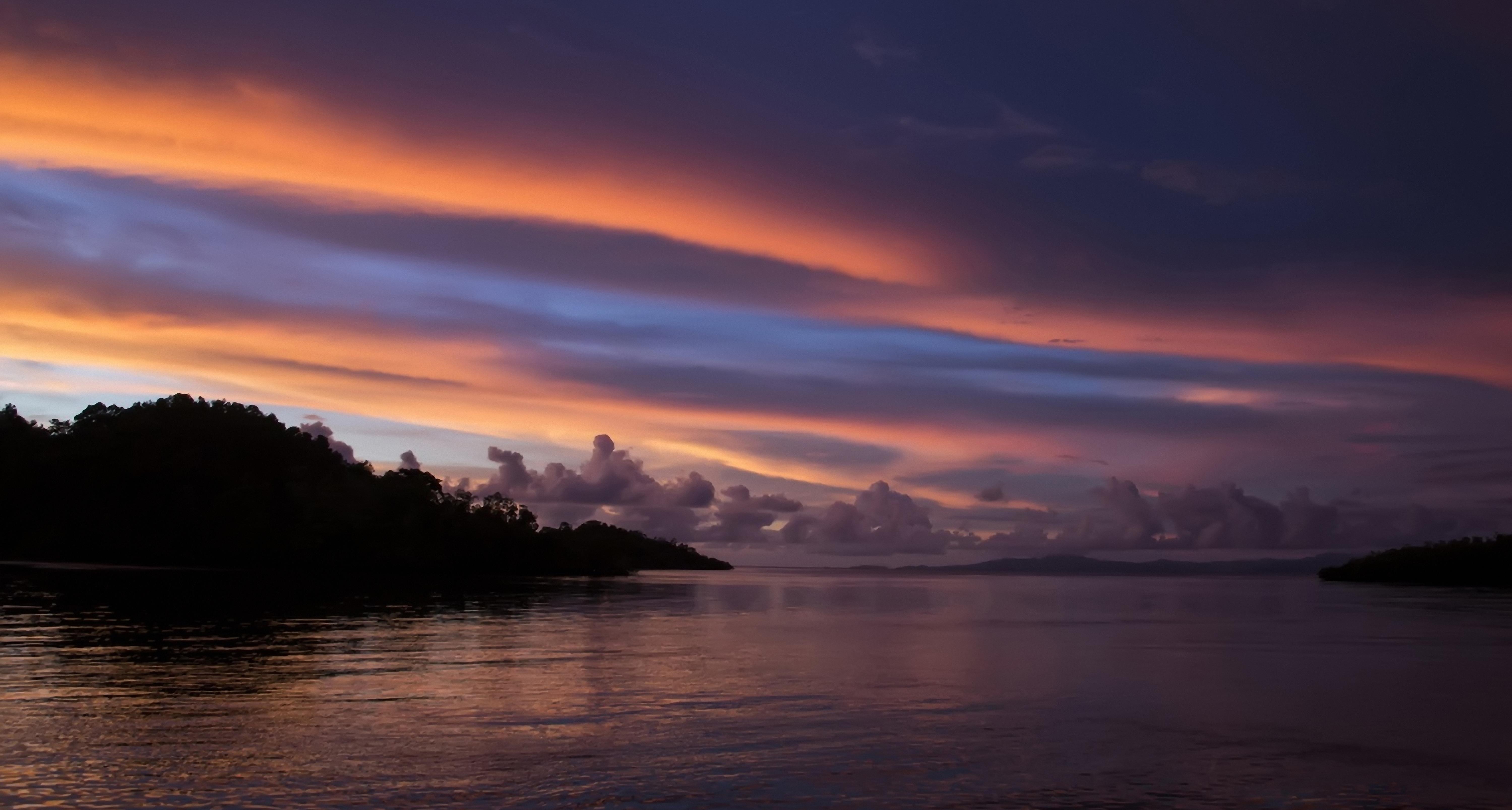
A volcanic island untouched by the modern world, Tikopia has remained largely the same for centuries. This tiny Polynesian island (only 5 square km) is home to around 1,200 people, and traditional ways of life still dominate—there are no cars, no electricity, and no large-scale development. Tikopia’s residents live in harmony with nature, practicing sustainable farming and passing down ancient traditions. Travelers who make the long journey here are rewarded with gorgeous beaches, jungle-clad peaks, and a glimpse into an untouched culture. Best for: Cultural immersion, eco-travel, and complete disconnection. How to get there: Multiple boat journeys from Honiara, Solomon Islands (days of travel).
15. The Kerguelen Islands – The ‘Desolation Islands’ of the Indian Ocean
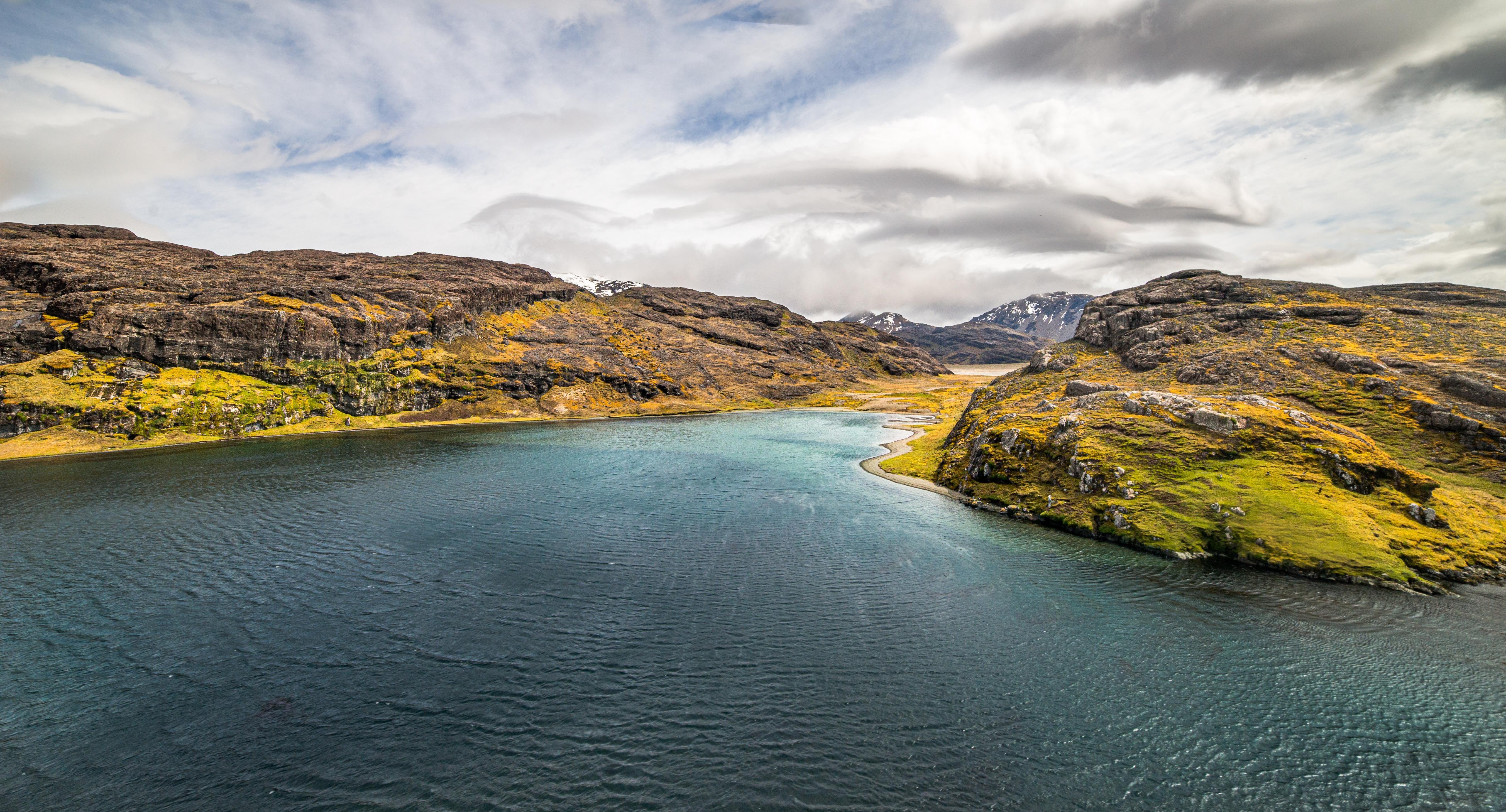
If truly isolated adventure is what you seek, the Kerguelen Islands (nicknamed "Desolation Islands") offer one of the most extreme getaways on the planet. Located in the far southern reaches of the Indian Ocean, these sub-Antarctic islands are home to glaciers, volcanic peaks, and massive colonies of seals and penguins. There are no permanent residents, only a handful of scientists and military personnel who rotate in and out. The journey here is brutal, but the payoff? A raw, untouched wilderness that few will ever set foot on. Best for: Extreme isolation, wildlife photography, and glacial trekking. How to get there: Multi-week ship journey from Réunion Island, France.
16. Makatea, French Polynesia – A Forgotten Island of Cliffs and Caves
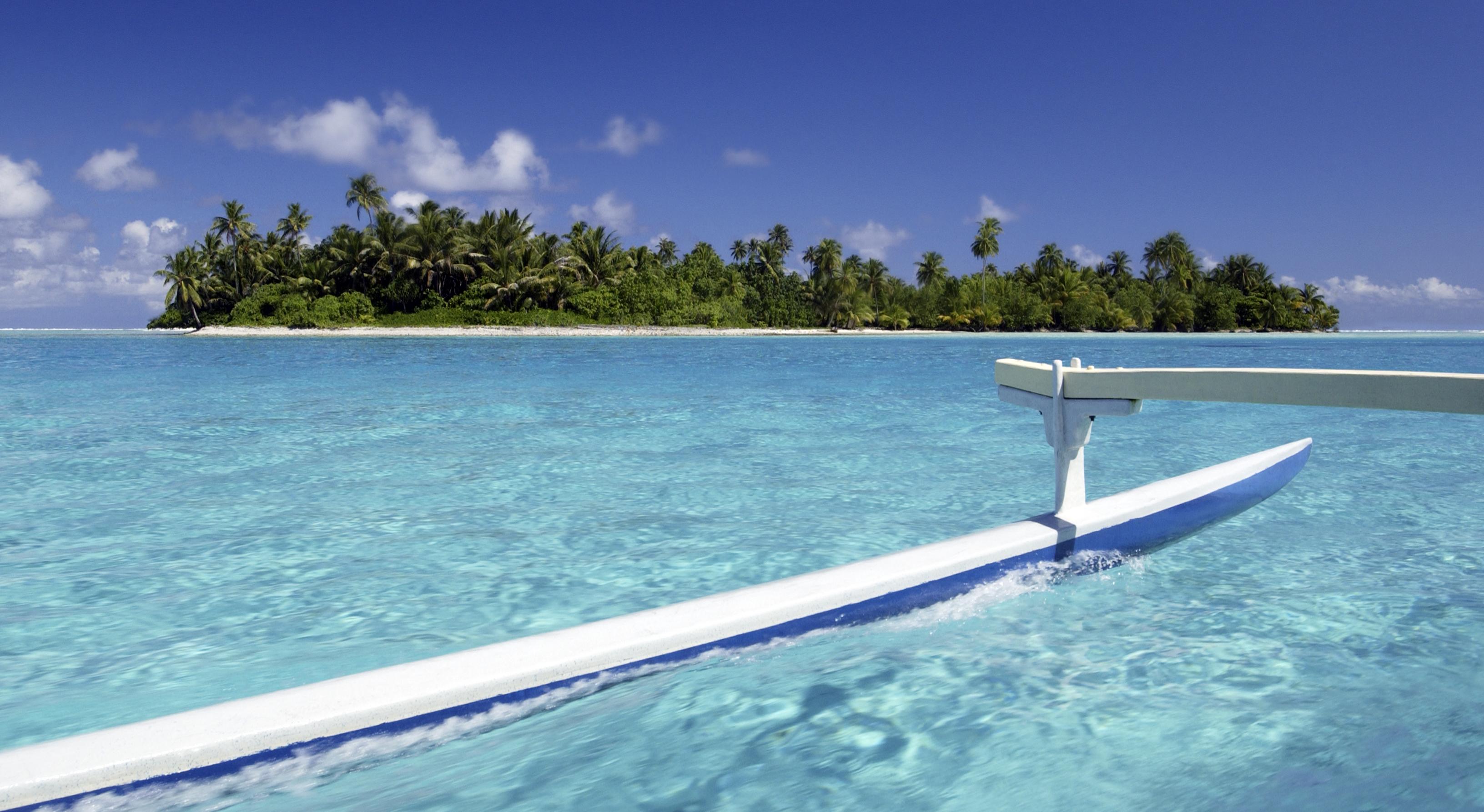
Unlike the overrun tourist spots of Bora Bora and Tahiti, Makatea is a pristine coral island with sheer limestone cliffs, jungle-covered caves, and zero crowds. Once a major phosphate mining site, this French Polynesian island has returned to its wild, untouched state. Travelers can dive in underwater caves, explore hidden grottos, and wander ancient coral reefs now covered in dense vegetation. The island remains off the tourist radar, offering a rugged adventure for those seeking a side of Polynesia that few ever see. Best for: Caving, rock climbing, and off-the-grid adventure. How to get there: Private boat from Tahiti (8-10 hours).
17. Bermeja, Mexico – The Island That May or May Not Exist
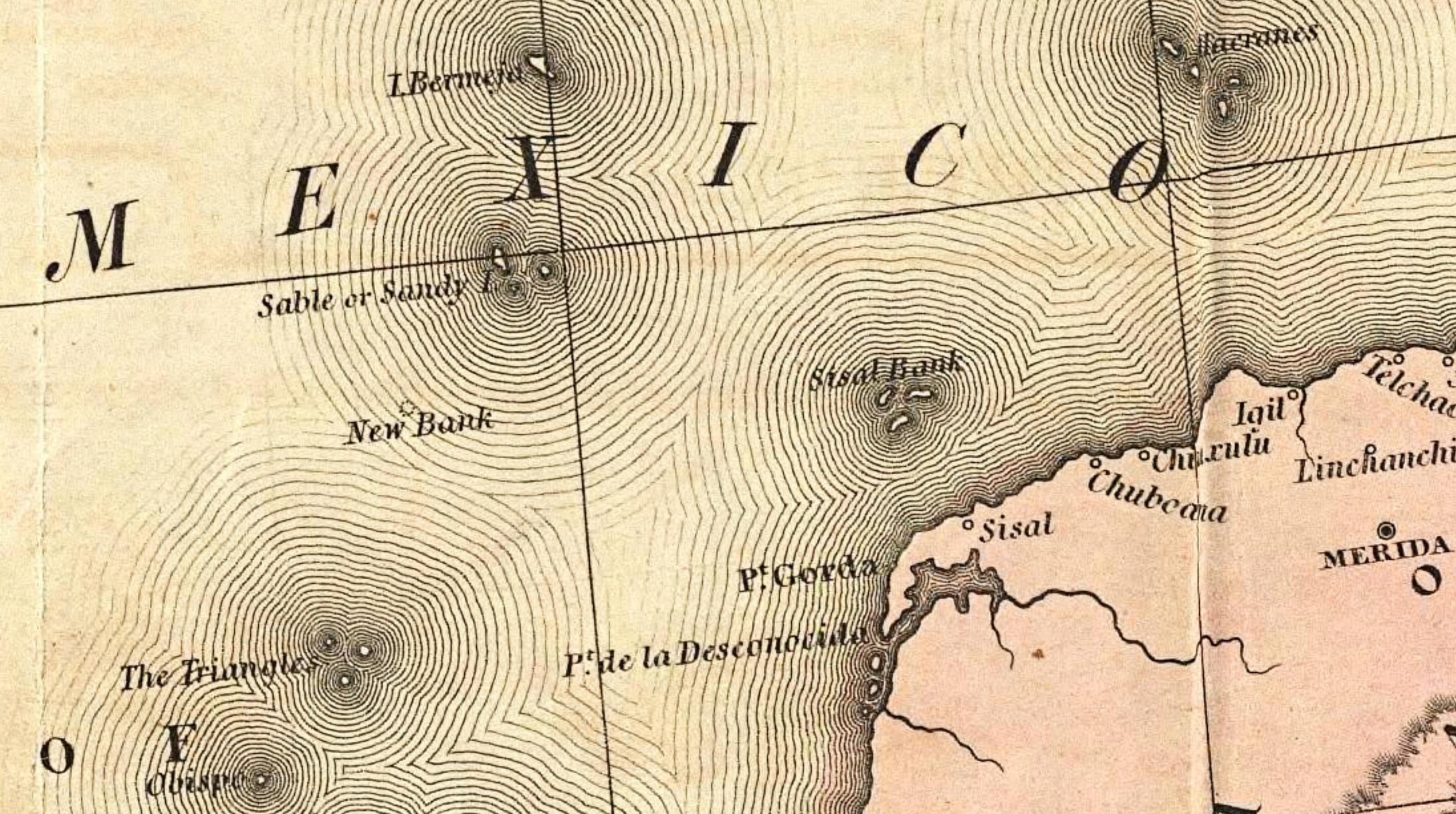
Bermeja is an island shrouded in mystery—because no one knows if it actually exists. It first appeared on Spanish maps in the 16th century, but modern expeditions have failed to locate it. Some believe it sank due to rising sea levels; others claim it never existed in the first place. However, local fishermen report that Bermeja is real, hidden in the Gulf of Mexico, and only visible under certain conditions. Whether it’s a real island or a legend, Bermeja remains one of the greatest unsolved geographical mysteries. Best for: Conspiracy theorists, mystery hunters, and exploration. How to get there: If you find it, let the world know!
18. Jan Mayen, Norway – The Arctic Island No One Visits
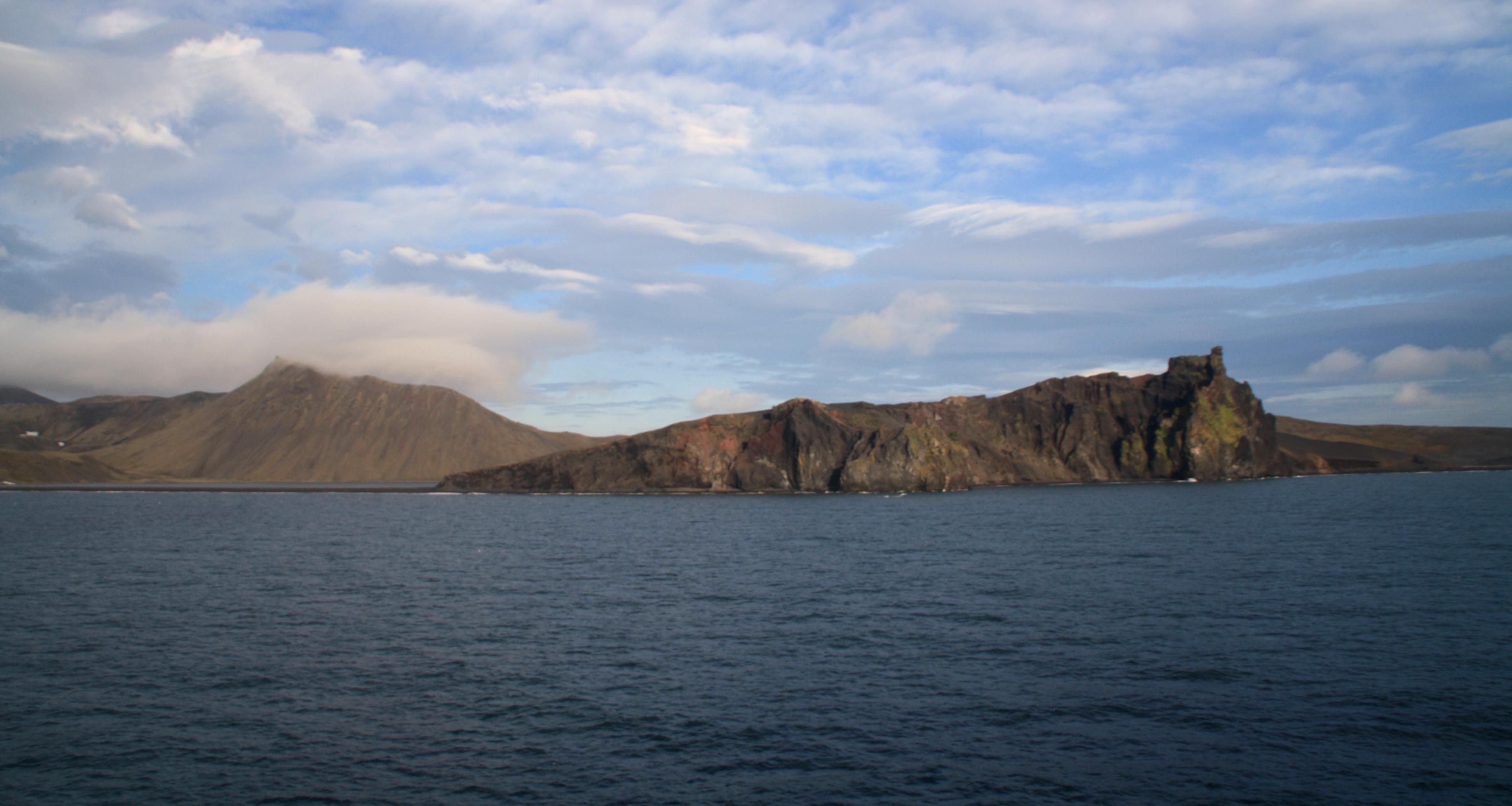
A Norwegian volcanic island in the Arctic Ocean, Jan Mayen is so remote and inhospitable that it’s barely visited even by Norwegians. With icy black-sand beaches, towering glaciers, and a massive volcano (Beerenberg), Jan Mayen looks like something from another planet. There’s no tourism industry, no commercial flights—just a small military outpost and scientists studying the harsh Arctic climate. Getting here requires special permission, but for those who make it, the reward is one of the most alien landscapes on Earth. Best for: Extreme Arctic exploration, glacier trekking, and volcanology. How to get there: Special military clearance and research vessel from mainland Norway.
19. Clipperton Island – The Pacific’s Most Isolated Atoll
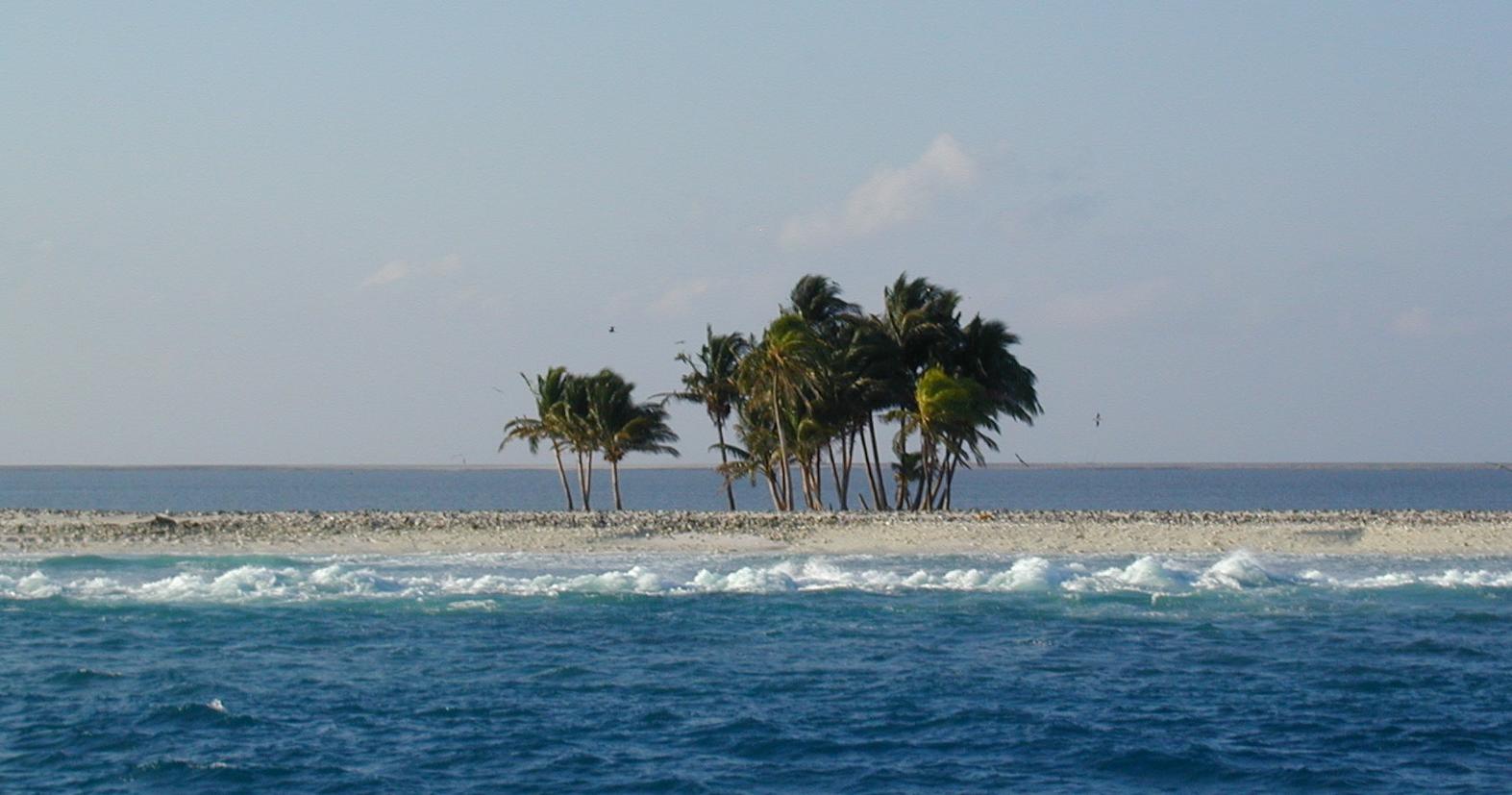
A French territory that nobody visits, Clipperton Island is a tiny ring of coral in the middle of nowhere—literally, 1,000 miles from the nearest landmass. It’s one of the least-accessible places on Earth, with only a few abandoned buildings left behind by former inhabitants. Today, it’s home to massive seabird colonies, coconut crabs the size of dinner plates, and eerie shipwrecks. Its isolation makes it an ideal destination for intrepid explorers, researchers, and extreme survivalists. Best for: Shipwrecks, seabird colonies, and pure adventure. How to get there: Multi-week voyage from Mexico.
20. Lampedusa, Italy – The Mediterranean’s Forgotten Paradise
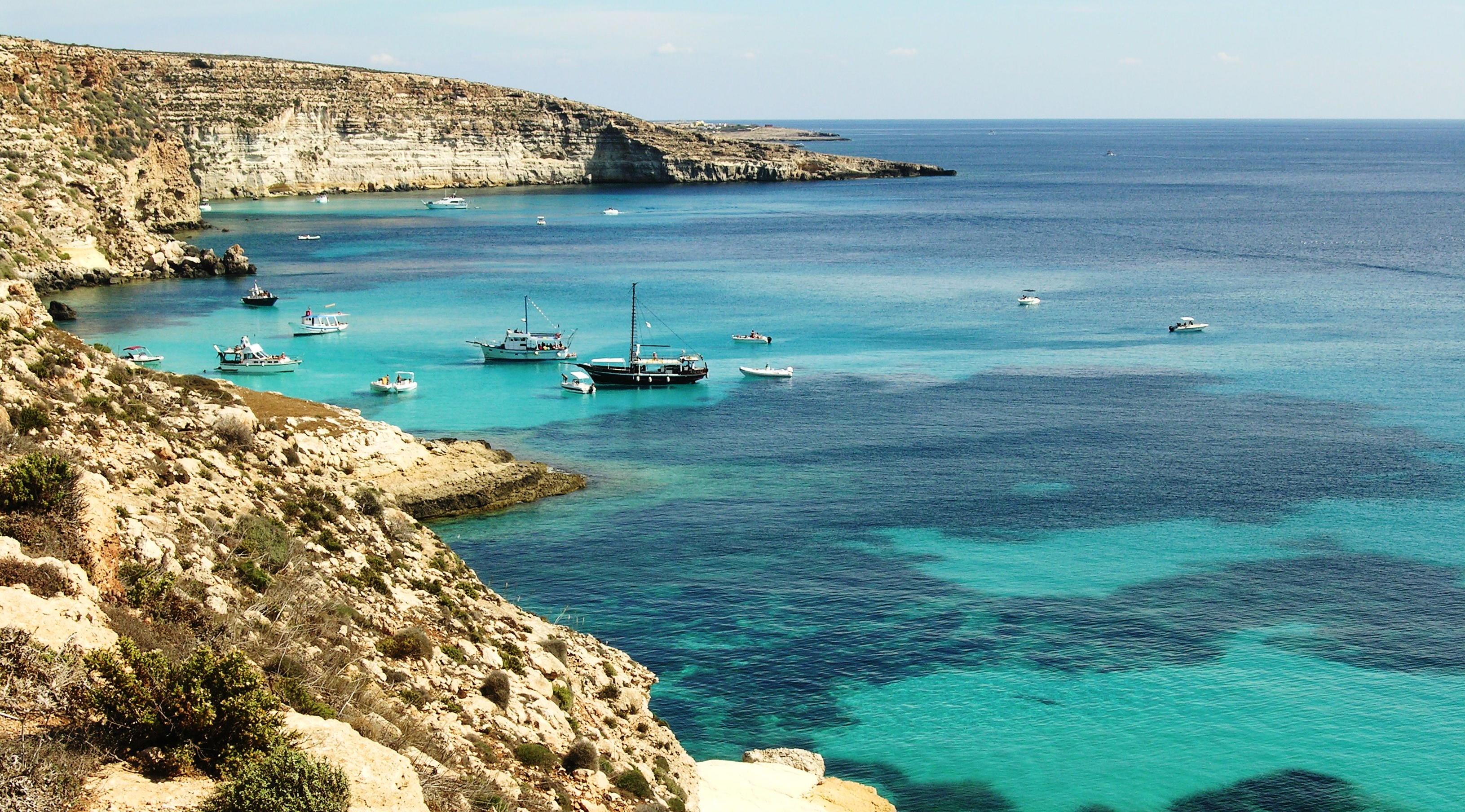
While most Mediterranean islands are overrun with tourists, Lampedusa remains a hidden gem with some of Europe’s best beaches and clearest waters. Located closer to Africa than mainland Italy, Lampedusa boasts rugged cliffs, hidden coves, and beaches that rival the Maldives—but without the crowds. Rabbit Beach, regularly ranked among the most beautiful in the world, offers blindingly white sand and sea so blue it looks unreal. Despite its stunning scenery, Lampedusa remains off the radar, visited mostly by Sicilians and a few in-the-know travelers. Best for: Mediterranean beaches, snorkeling, and escaping tourist traps. How to get there: Fly from Palermo, Sicily (1 hour).
21. The Andaman Islands, India – The Last Forbidden Paradise
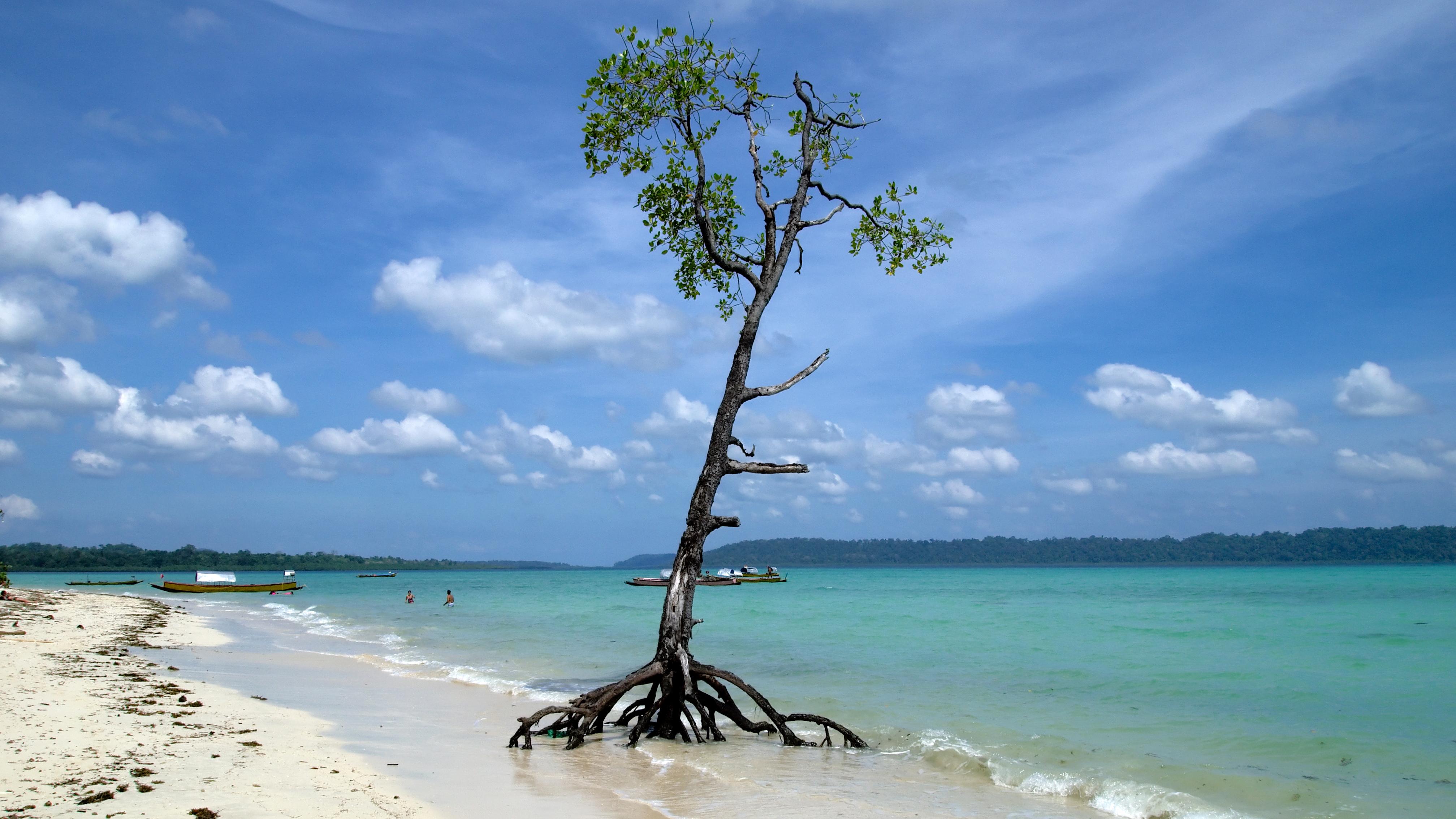
While parts of the Andaman Islands are accessible to visitors, some remain completely off-limits—including North Sentinel Island, home to the world's most isolated uncontacted tribe. The Sentinelese people have resisted all outside contact, and approaching their island is illegal (and dangerous). However, other Andaman Islands—like Havelock and Neil Island—offer paradise-level beaches, bioluminescent waters, and vibrant coral reefs, making them one of India’s most beautiful yet least-explored destinations. Best for: Pristine beaches, diving, and eco-tourism. How to get there: Fly to Port Blair, then ferry to open islands.
The Ultimate Secret Escape
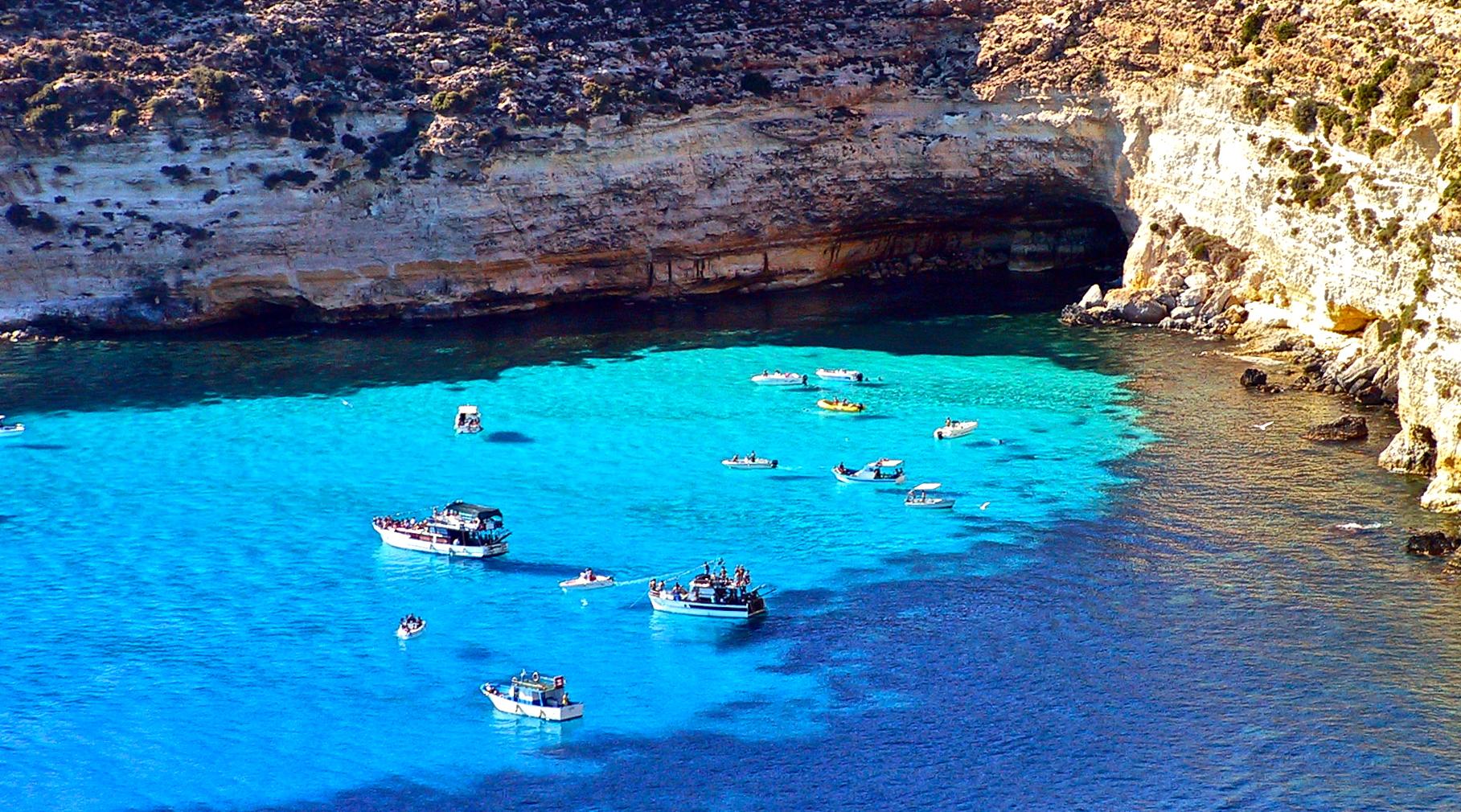
The world’s most breathtaking islands aren’t the ones swarmed by tourists—they’re the ones still hidden from the spotlight, where adventure means more than just checking off a bucket list. From the jungle-cloaked mystery of Floreana to the firewalking rituals of Beqa, these 21 uncharted islands prove that true paradise is still out there—waiting to be discovered. For those seeking an escape that no one else has on their itinerary, these islands offer a rare chance to step into a world untouched by modern life, where the ocean sings, the jungle hums, and the only footprints in the sand are your own. The question is—are you ready to trade in the predictable for the truly extraordinary? If so, pack your curiosity, your sense of wonder, and your spirit of adventure. Because the world’s last secret getaways are calling. Will you answer?

